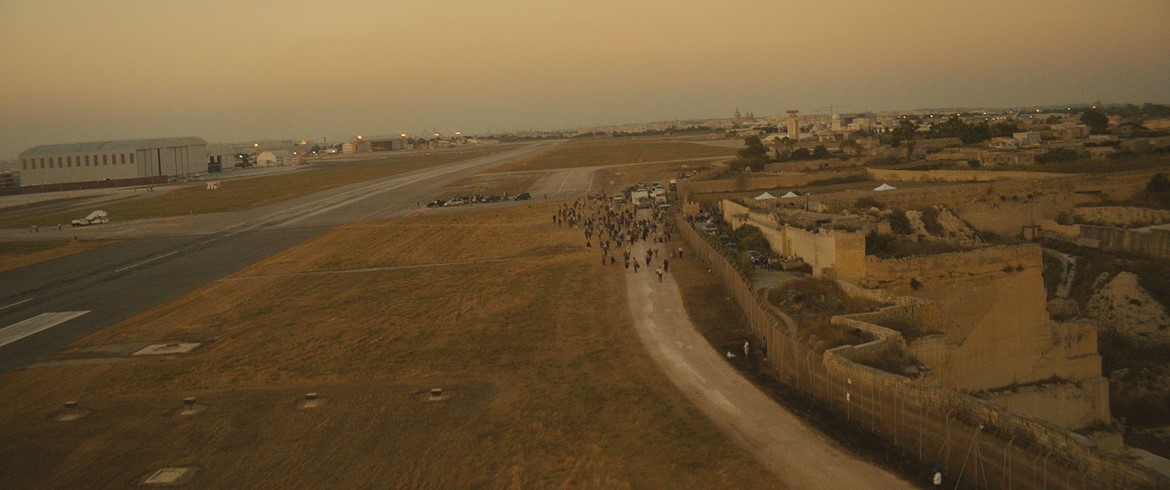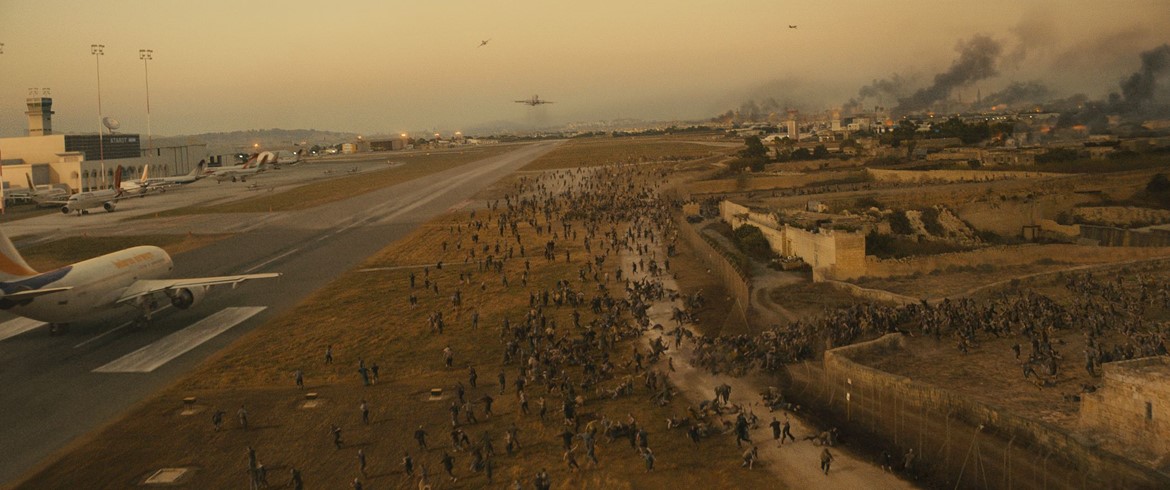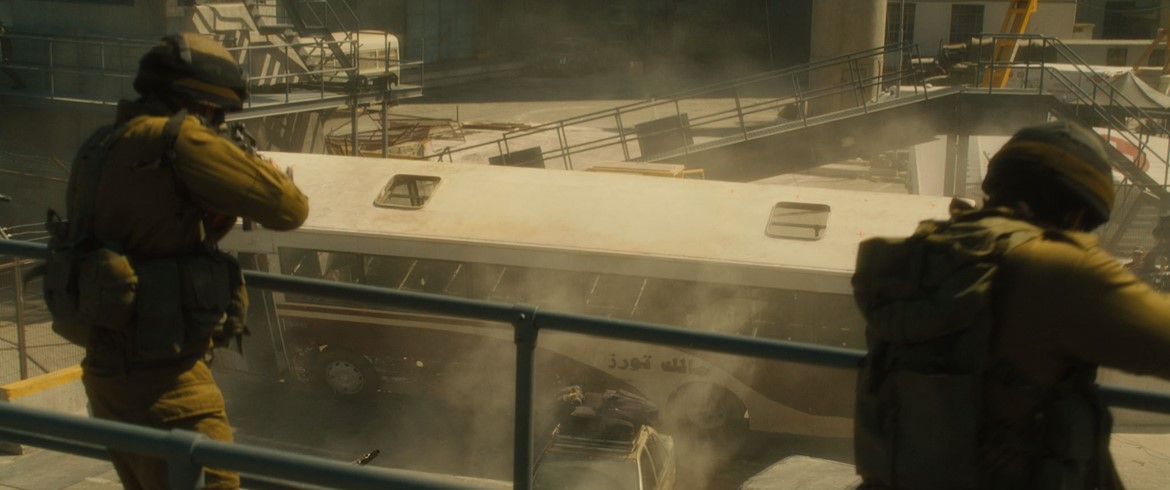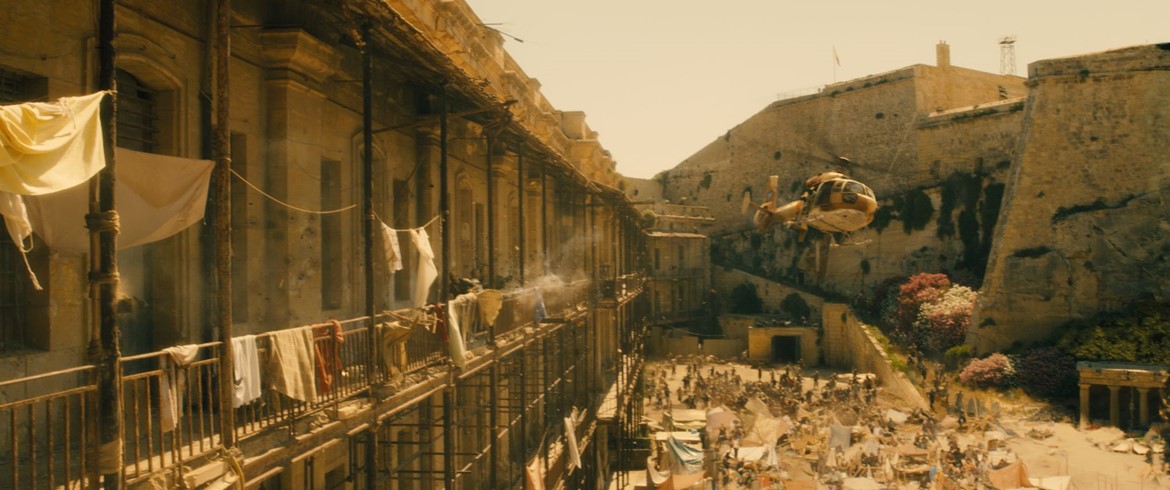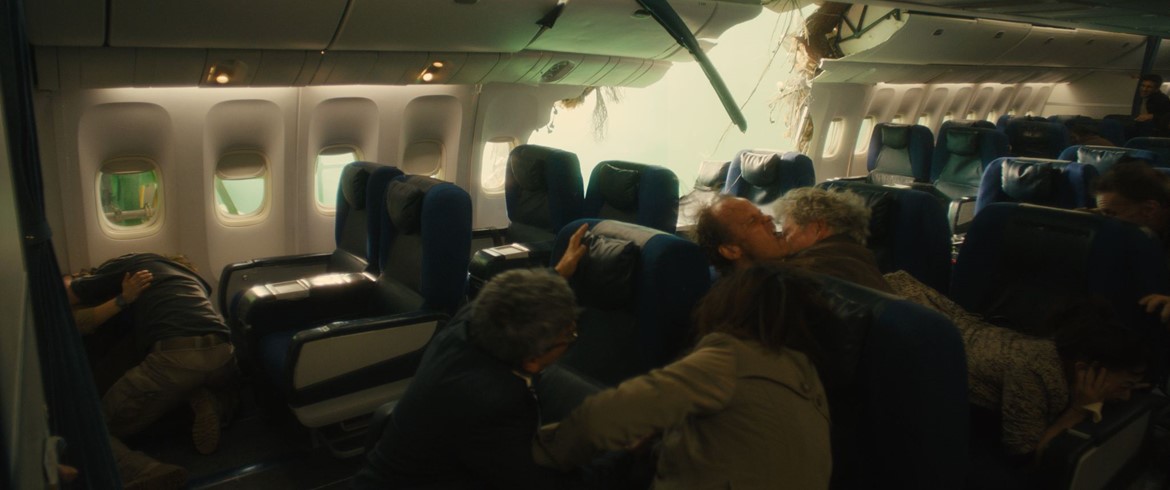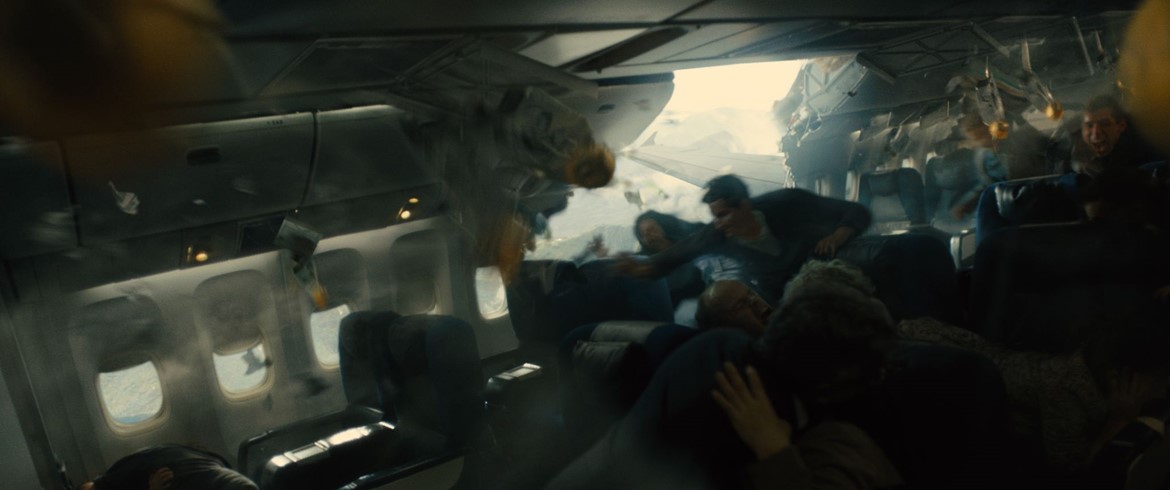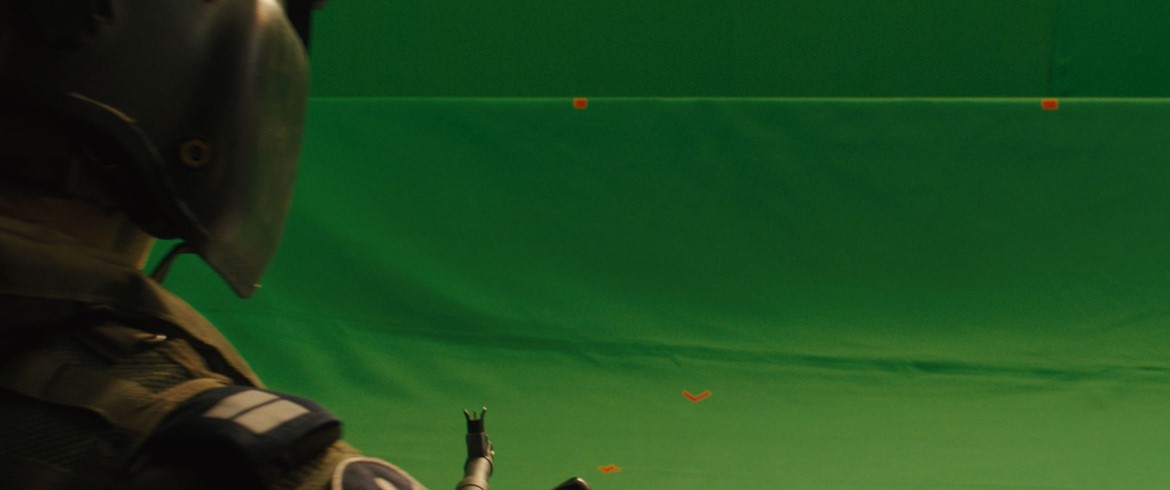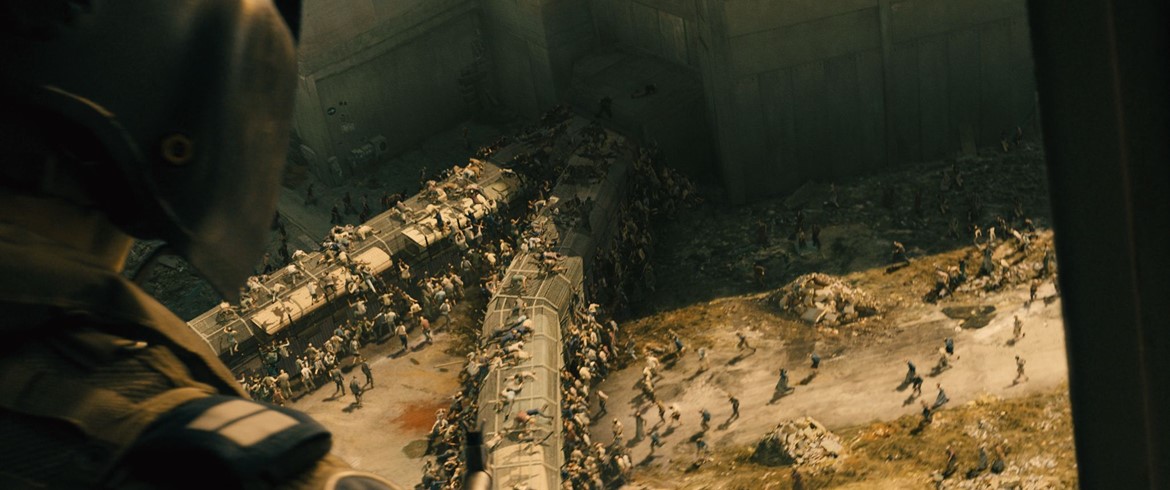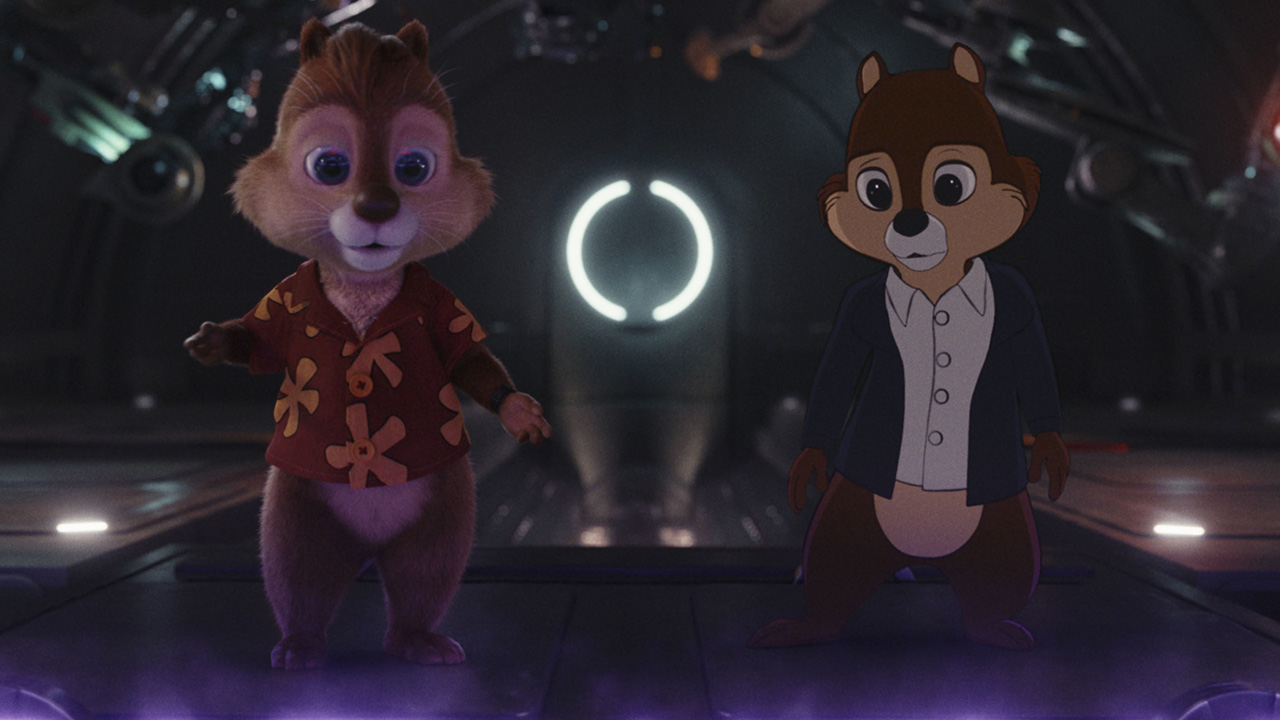Directed by Marc Forster and starring Brad Pitt, World War Z revolves around United Nations Employee Gerry Lee (Pitt), who traverses the world in a race against time to stop a pandemic that is toppling armies and governments and threatening to decimate humanity itself.
Led by MPC VFX Supervisor Jessica Norman, the team completed more than 450 shots for World War Z under the guidance of Scott Farrar, the VFX Supervisor. MPC’s main areas of work were creating the hordes in Jerusalem, the plane crash sequence, the Wales sequence and the epilogue.
The largest portion of MPC’s work was for the Israel sequence, a combination of live action plates with added CG environments, CG humans, CG helicopters and FX passes for dust and helicopter wash.
MPC’s most exciting work was the huge crowd scenes. MPC’s CG Supervisor Max Wood captured mocap clips, adapted MPC’s proprietary crowd system ALICE, and tested the technology needed to render these huge crowds.
The crowd characters were built from reference photography and scans gathered on set. Modelling Lead Ashley Tilley and Texture Lead Jung Yoon Choi oversaw the asset team, creating 24 different body types with different textures, which resulted in 3,000 crowd variations.
Lead by Marco Carboni, crowd shots started with the layout, shape and speed of the crowd being defined. For the pyramids, the team began with geometry, which was then populated based on inclination using ALICE. The larger pyramids typically included around 5,000 agents.
In all of the complex crowd shots, MPC then added layers of hand animated figures. For falling and landing figures, they used PAPI, its in-house rigid body dynamic solver (based on the Havoc engine).
MPC’s Crowd team worked closely with the Animation department, lead by Animation Supervisor Gabrielle Zucchelli, to ensure that the figures moved realistically in a crowd and while interacting with the live action. For the larger crowds, they used MPC’s in-house cloth solver that is integrated with ALICE. One of the largest tasks for the lighting team, lead by Jonathan Attenborough and Wes Franklin, was to render crowds of up to 250,000 in a single shot.
